How To Make Perfect Mashed Potatoes
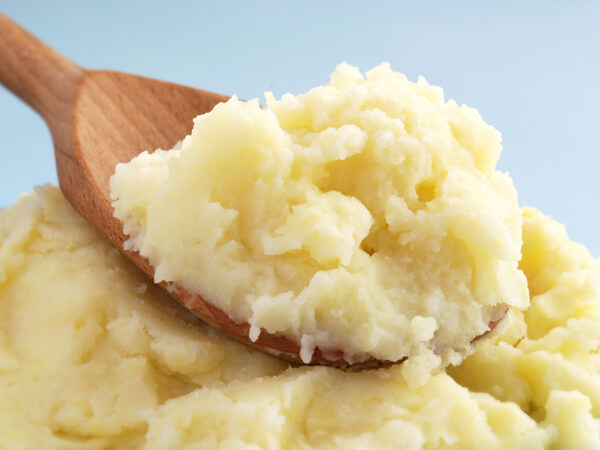
Choosing the potato
The texture and flavor of your mashed potatoes will depend on what type of potato you use.
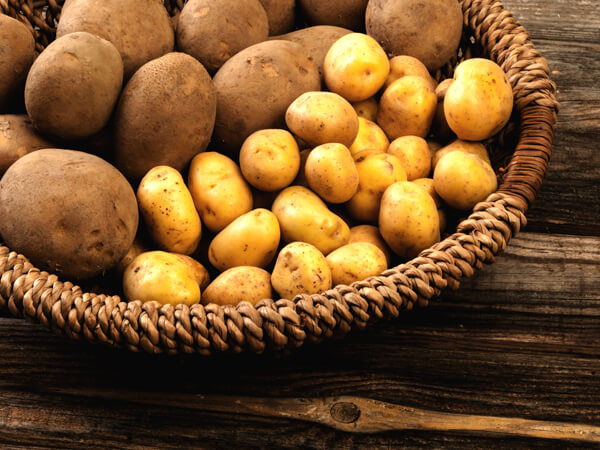
Russet: The most commonly used potato in mashed potatoes is the russet. It's a mealy potato that falls apart nicely when cooked, making for a very smooth mashed potato texture. It isn't as flavorful as some other potatoes but it has the smoothest texture.
Yukon Gold: The Yukon Gold is a waxier potato that holds it shape better then the russet. It also has more flavor since it doesn't absorb as much water as the russets do. This potato is more of an all purpose potato as it will work fine in mashed recipes, but will also work in other recipes that require it hold its shape.
Other potatoes Red potatoes, fingerling and others aren't considered the best for "mashed" potatoes since they won't get smooth and creamy without turning gluey. They are good for "smashed" potatoes, however. Smashed potatoes are the lumpy cousin of mashed potatoes which is a growing trend.
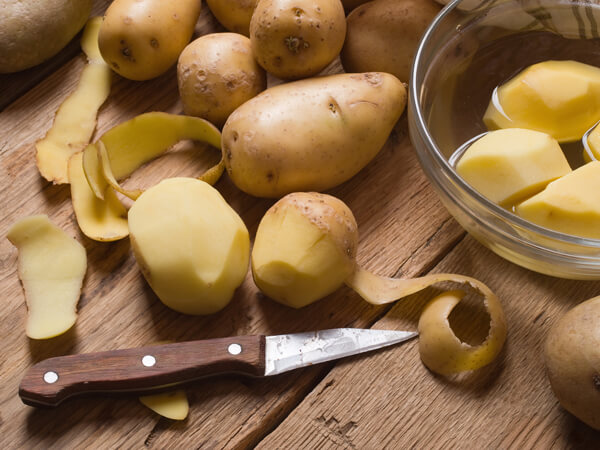
To peel or not to peel? That is the question
Actually there are two questions. First, do you want the skin left on the potato in the end result? This is a matter of personal preference. Most recipes, however, will recommend peeling the potatoes. The second question is do you peel before or after boiling the potatoes? Some say that leaving the skins on while cooking affects the starch level. I personally can't attest to this as I haven't seen much difference when cooking one way or the other. If you peel the potatoes before cooking them you can proceed with mashing immediately. If you peel after cooking them you have to wait for them to be cool enough to handle (but some people feel they slip out of their skins easier this way).
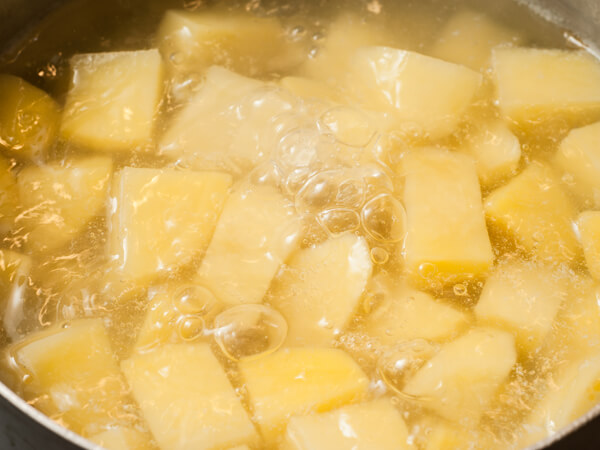
Cooking the potatoes
Always follow the recipe if you are using one, but the basic cooking principles are as follows: Cook the potatoes in just enough lightly salted water to cover them. Cook them until they are tender when pierced with a fork. Drain, return to the cooking pot and set back on low heat. Why? This will help evaporate any excess liquid.
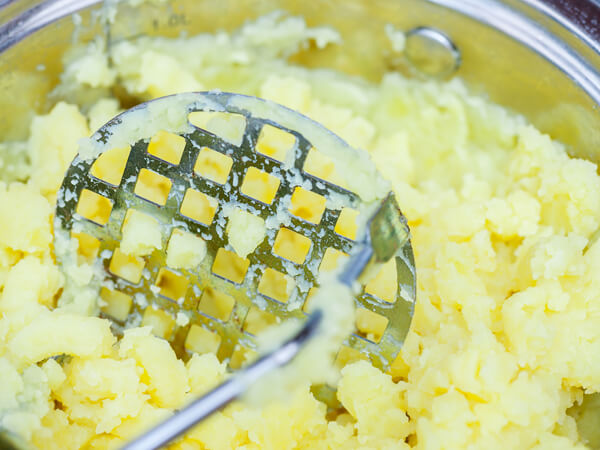
The mashing process
There are different schools of thought on how to get the best mashed potatoes. Some people like to use a mixer, some use a potato masher, some use a ricer/food mill, some even use a food processor (but I don't recommend it). The idea is to break up the potato without turning it into a gluey mess. If you use a mixer, don't over mix.
Add-ins
Your potatoes will most likely need a little liquid and/or fat when you mash them. The most common add-ins are milk (or cream) and butter. One hint: warm the milk before adding it. Cold milk can make your potatoes gooey instead of fluffy.
